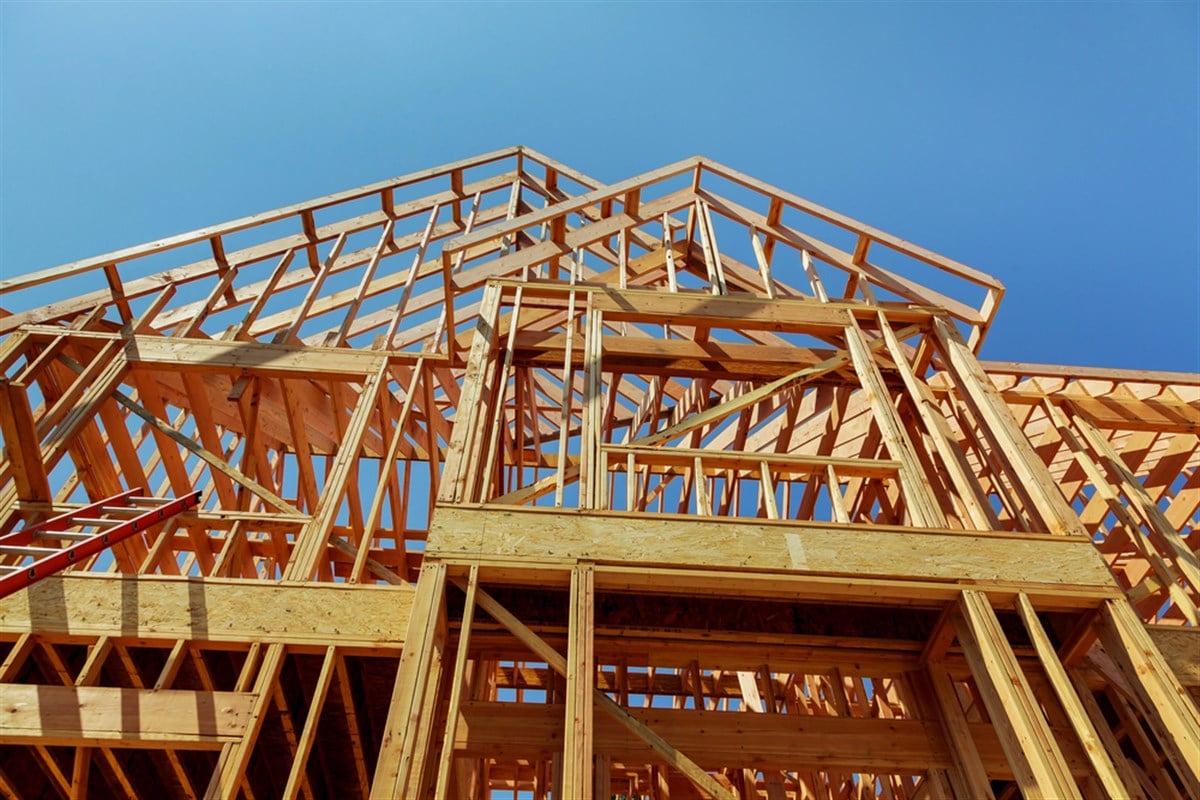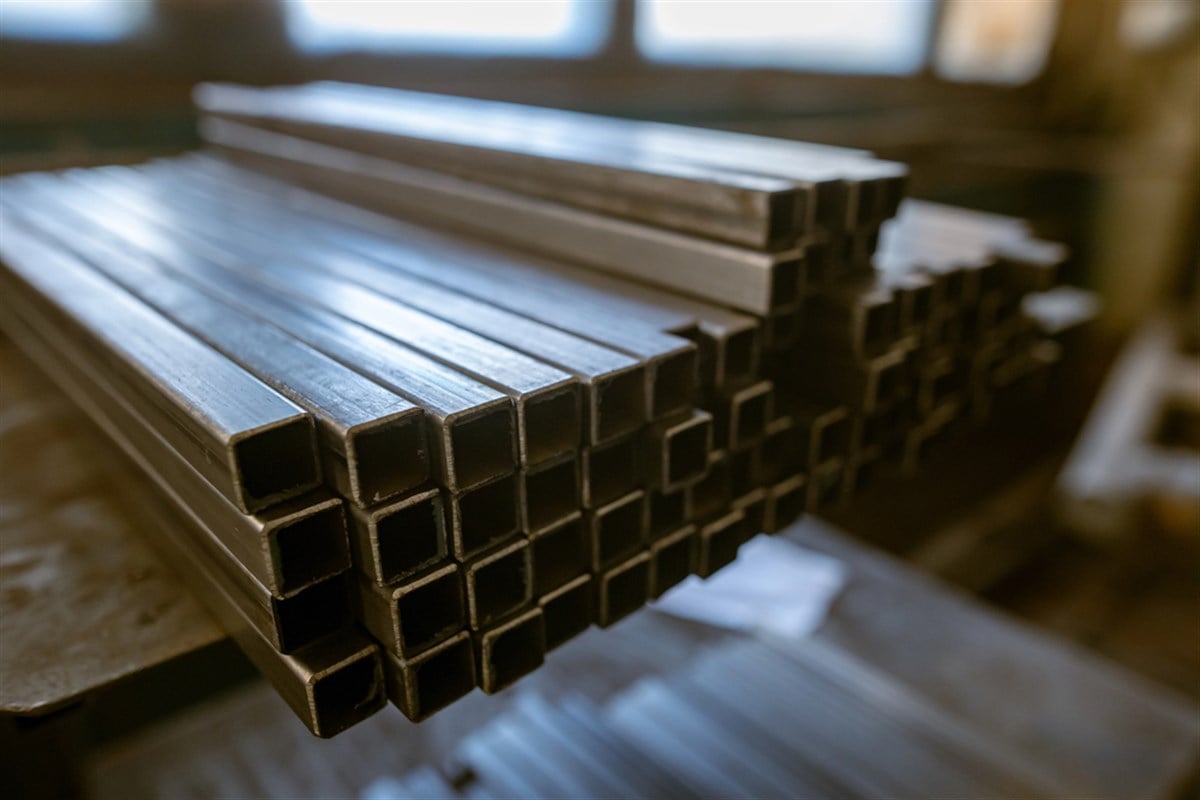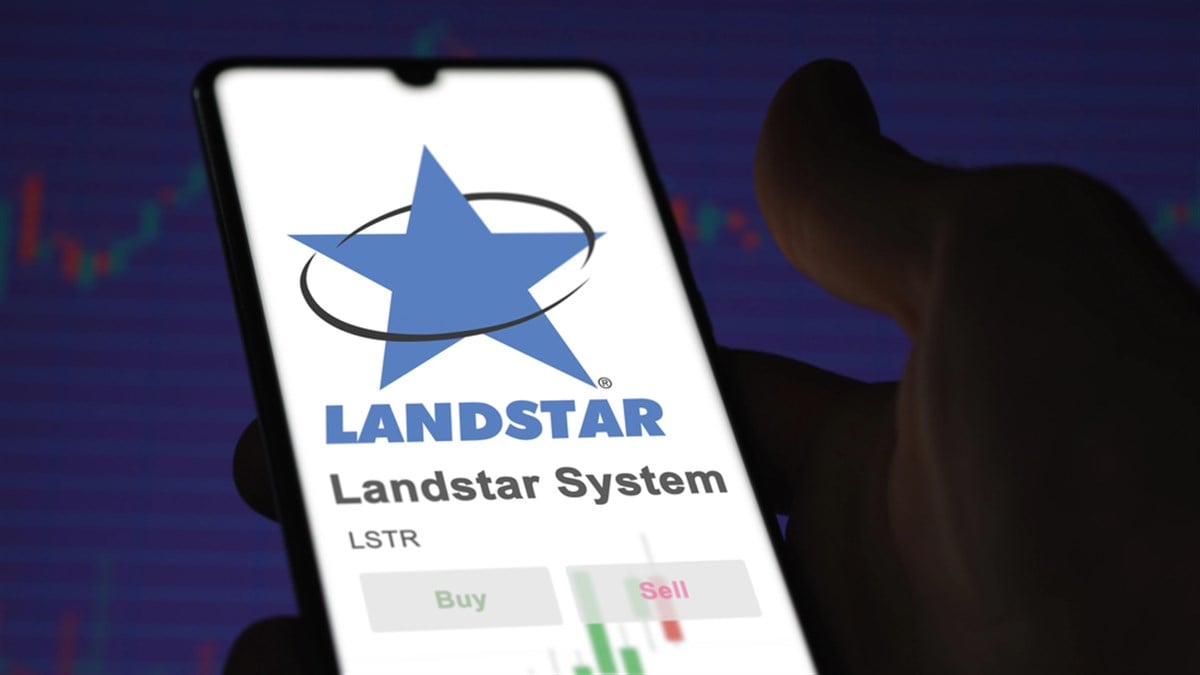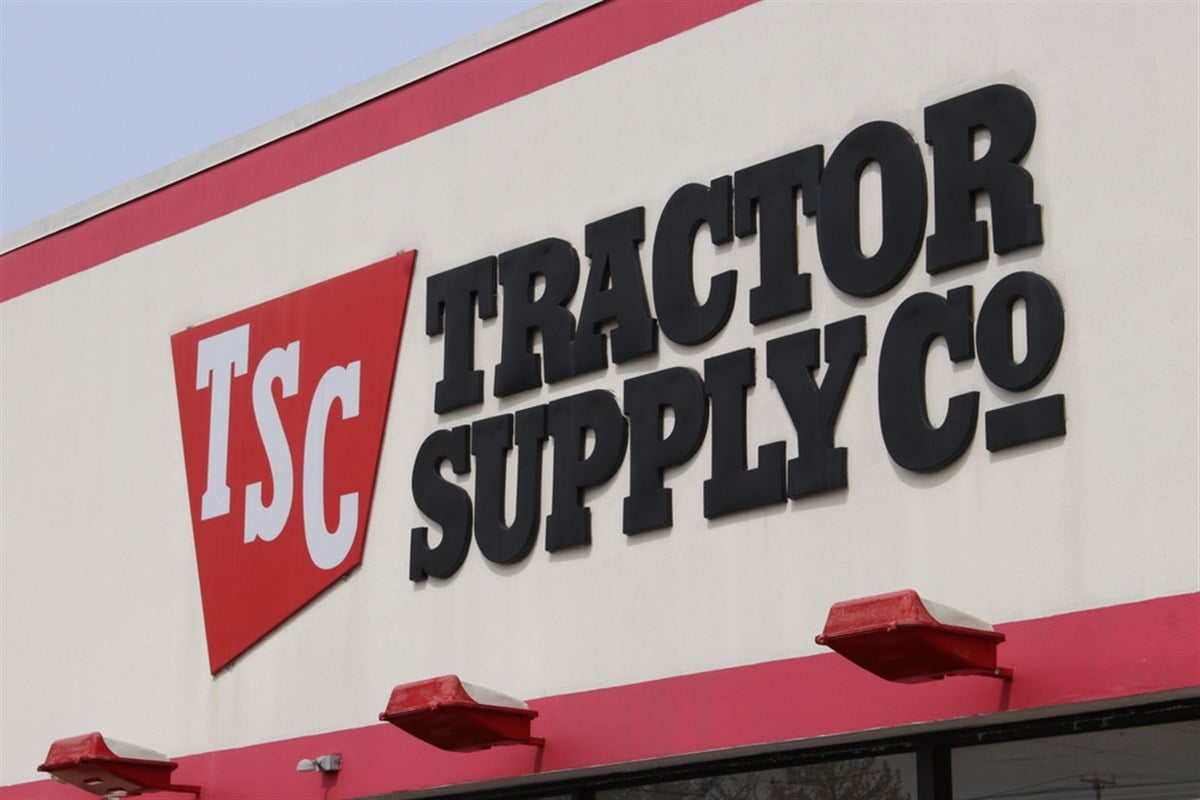PulteGroup Is Down But Not Out—Here’s What Wall Street Missed

Wall Street analysts are inherently cautious; they usually prefer to play it safe to safeguard their careers and reputation. In the homebuilding segment of real estate, these analysts adopted a bearish outlook, lowering price targets for major U.S. builders. Although caution is justified at times, recent market signals indicate there may be one final rally in the sector.
Shares of PulteGroup Inc. (NYSE: PHM) are up nearly 1% after reporting its quarterly earnings results, which were mixed at best when taken at face value. Today, investors are interested in buying this stock on the dip, as PulteGroup now trades at 80% of its 52-week high, placing it at the tipping point between bull market and bear market territory. Surely, this discount increases the margin of safety in the stock, but it doesn’t mean there are clear skies ahead for PulteGroup.
Digging into the quarterly financials will guide investors regarding where the risks are coming from and what PulteGroup is doing to navigate today’s real estate slowdown. The easiest way to arrive at this take is by understanding the company’s key performance indicators (KPIs) and where they are taking PulteGroup this quarter.
It’s an Industry Issue, Not a Company One
PulteGroup reported $4.2 billion in homebuilding revenue, slightly below the $4.3 billion from the same quarter last year. Gross margins on home sales also declined to 26.2% from 28.8%. While these changes may appear modest, they reflect growing pressure on pricing power amid softening housing demand and rising construction costs. Tariffs on key inputs like steel and lumber have added to material inflation, making it increasingly difficult for homebuilders to preserve margins.
More than just materials, there are also the costs of buying and financing a home. Mortgage rates still hover around 6.4% as of October 2025, a lot more expensive than most homebuyers would like, keeping most prospective homeowners on the sidelines.
All of this is to say that it isn’t a PulteGroup issue specifically, but an industry dynamic that is likely hurting other homebuilders as well. This would explain why Wall Street analysts decided to downgrade them in bulk over the past few weeks.
On the orders side, PulteGroup reported a 6% decline over the year, which is consistent with the steady decrease in building permits for the United States. However, not all of this news is bad for PulteGroup, as the company did have some positive things to say about the quarter.
There is still a unit backlog of 9,888 homes, valued at $6.2 billion, which could translate into booked revenue and earnings by the time these permits are fulfilled. This event could come sooner rather than later, considering the Federal Reserve looks to cut interest rates further into the end of 2025.
Then comes the community count, which measures the homebuilder’s market share in this type of construction. With a total of 1,002 communities, PulteGroup reports a 5% increase compared to last year. Although orders are slowing now, a future rebound can bring an equal (or larger) growth rate to revenues on this expanded footprint.
How Investors Can Go About This
Allspring Global Investments Holdings is taking a similar approach, increasing its positions by 4.3% in October 2025. The timing of this purchase aligns with the stock’s discounted price just before the earnings recovery, with the group holding a stake of $116.9 million today.
This serves as a timing tool for investors to consider the weekly range (before earnings) as a potential buying zone, one that also shook out many bearish bettors. Over the past month, PulteGroup’s short interest collapsed by 23.2% to show signs of capitulation.
As the stock’s price fell to levels seen in some of these real estate slowdowns, chances are the scale has tilted in favor of buyers, especially if these Fed cuts begin to spark new building permit activity and encourage homebuyers to purchase new homes on more affordable terms.
If this is the case, Wall Street analysts may want to reconsider their bearish calls on these homebuilders, as the structure of what drives profits improves and warrants a change in ratings. However, it is key for investors to act before that happens, and this institutional buying / short-selling shakeout may be a pillar to lean on for that decision.
Learn more about PHM


